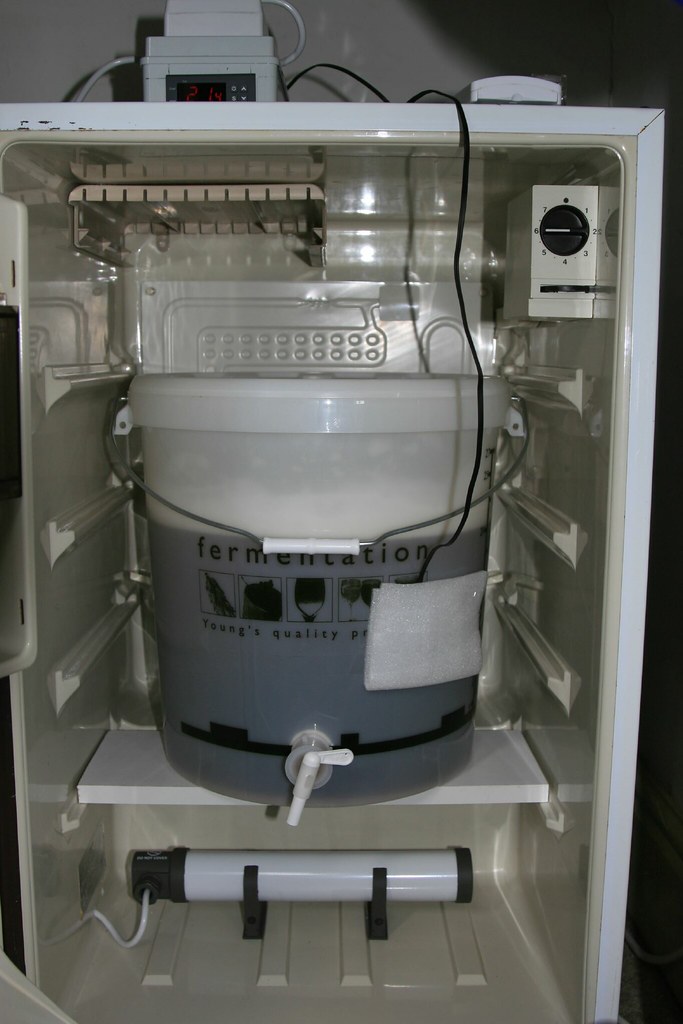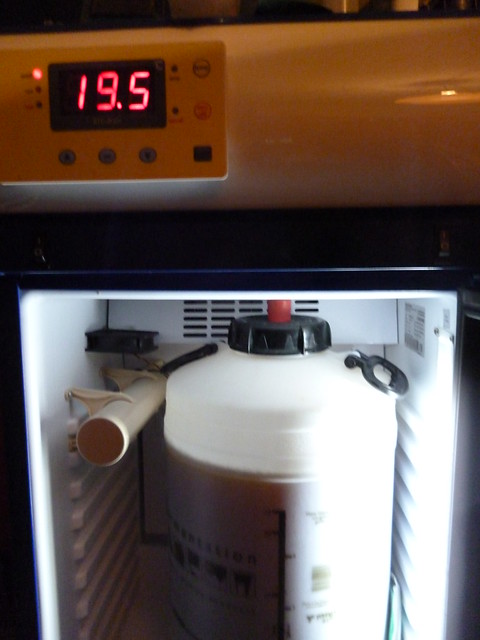AndyBWood
Regular.
Evening All,
Whilst I fully appreciate that you can't control a brew fridge (compressor) for the cooling with a PID does it seem feasible to run the heating only element with a PID ?
I've just set my fridge up for the first time this weekend and it has a 60w heater installed.

The heater is obviously designed to be pretty effecient as it stays nice and hot after the power has been switched off by the STC1000. As such, the temperature still continues to climb.......
So, fridge aside and just looking at an insulated box. Does running a simple tube heater via a PID make sense ? It learns the enviroment, it only provides enough power to keep the Status Quo as best it can. If things get too hot, however, the STC can still turn on the fridge compressor.
So two temperature probes needed but just my Sunday evening thoughts. If the PID is clever then, as long as the 'outside' ambient temp isn't too high or the brew itself is making too much exothermic heat then then the compressor never needs (perfect world) to be switched on anyway.......
Your thoughts please...
Whilst I fully appreciate that you can't control a brew fridge (compressor) for the cooling with a PID does it seem feasible to run the heating only element with a PID ?
I've just set my fridge up for the first time this weekend and it has a 60w heater installed.

The heater is obviously designed to be pretty effecient as it stays nice and hot after the power has been switched off by the STC1000. As such, the temperature still continues to climb.......
So, fridge aside and just looking at an insulated box. Does running a simple tube heater via a PID make sense ? It learns the enviroment, it only provides enough power to keep the Status Quo as best it can. If things get too hot, however, the STC can still turn on the fridge compressor.
So two temperature probes needed but just my Sunday evening thoughts. If the PID is clever then, as long as the 'outside' ambient temp isn't too high or the brew itself is making too much exothermic heat then then the compressor never needs (perfect world) to be switched on anyway.......
Your thoughts please...




